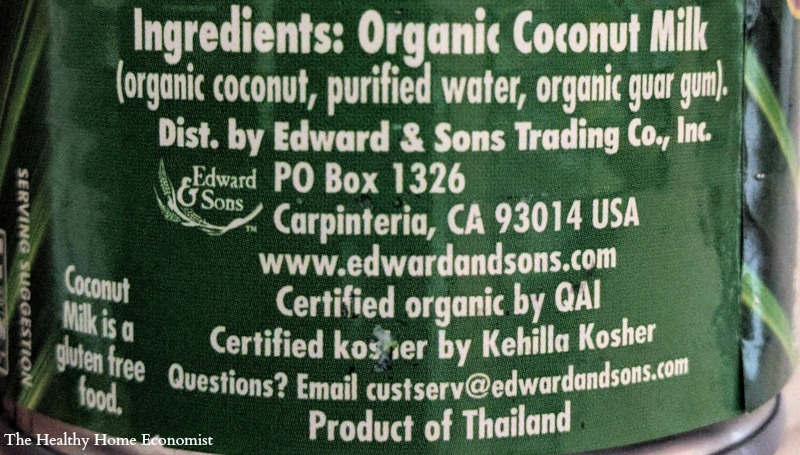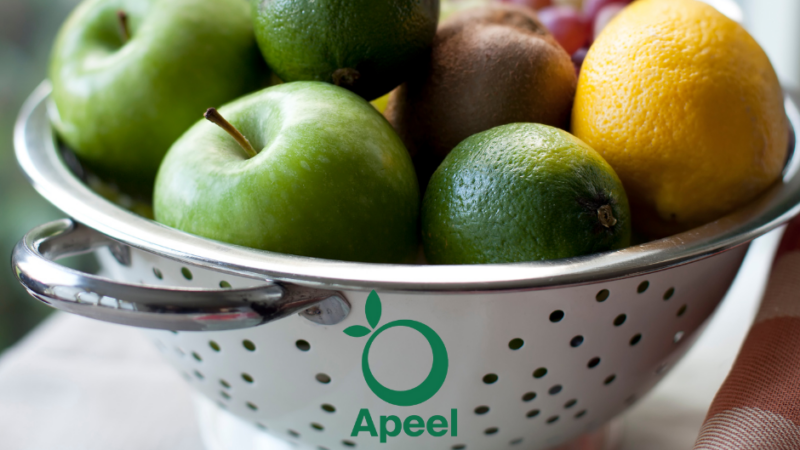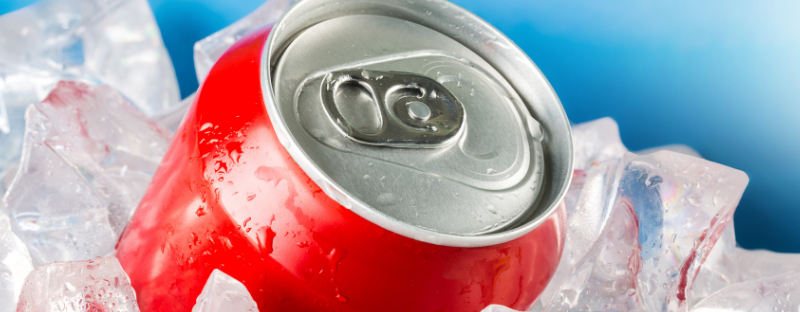Are Gum Additive Safe?

What are Gum additives and Why are they in our food?
Gum additives are everywhere in our food supply today. Xanthan and guar gum are by far the most common. But there are many others too, such as locust bean gum (carob gum), gellen gum, cellulose gum, and relative newcomer tara gum. The savvy shopper is clued into which gum additives to avoid and which are no big deal.
Gums are mostly comprised of indigestible polysaccharides. Some are produced from plants and some from bacterial fermentation. Others are produced from edible plants and even a few from ornamentals.
Food manufacturers love gums because they have unique properties that add desirable texture and/or shelf life to processed foods. Typical use is for thickening, stabilizing or emulsifying. Some are more heat and cold resistant than others. Others are more acid and pH resistant. Most are utilized as powders.
Are Gum Additives Safe?
Examination of the most common gum additives in food today indicates that in general they are safe for occasional consumption by healthy persons with normal gut function. The exceptions to this are xanthan gum, which infants should not consume. The worst of the lot is cellulose gum. It is best avoided by everyone as it is a chemically treated, ultra cheap, industrialized product.
Guar gum, tara gum, gellen gum, and locust bean (carob) gum are all safe in small amounts. Tara gum has a perfect safety record in the research so far, although these results are only in animal studies.
Locust bean gum is currently under investigation for pharmaceutical use and is well tolerated even by full term infants with reflux.
All of the gums listed in this article must be temporarily avoided for those on the GAPS or SCD diets. This is due to to unknown long term effects on gut flora and the potential for inflaming a healing gut.






